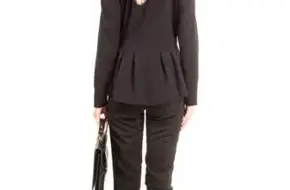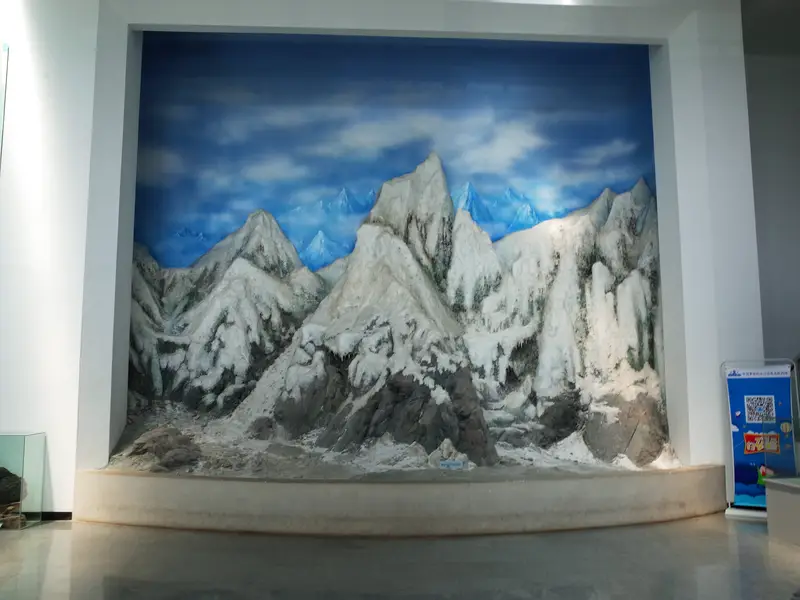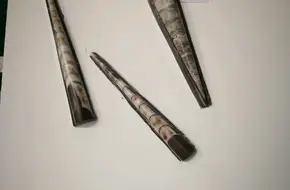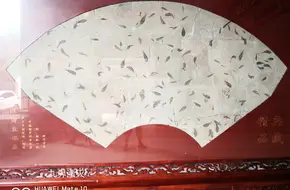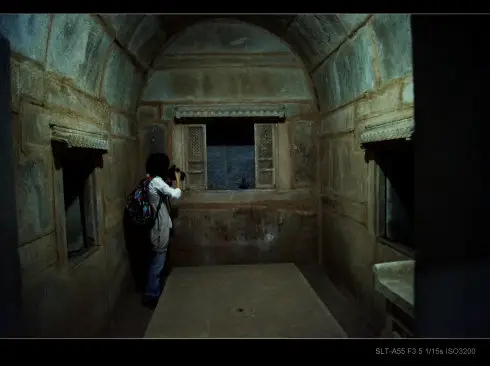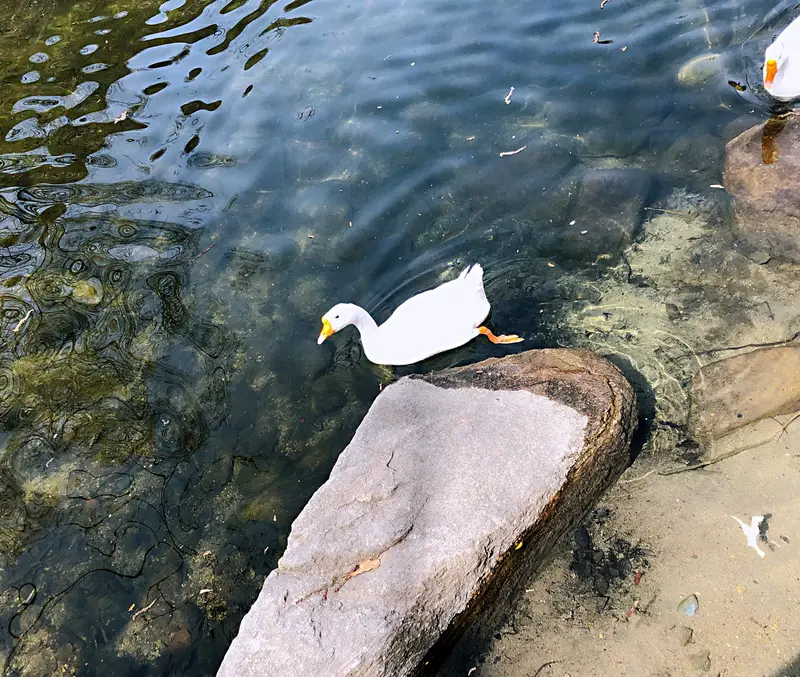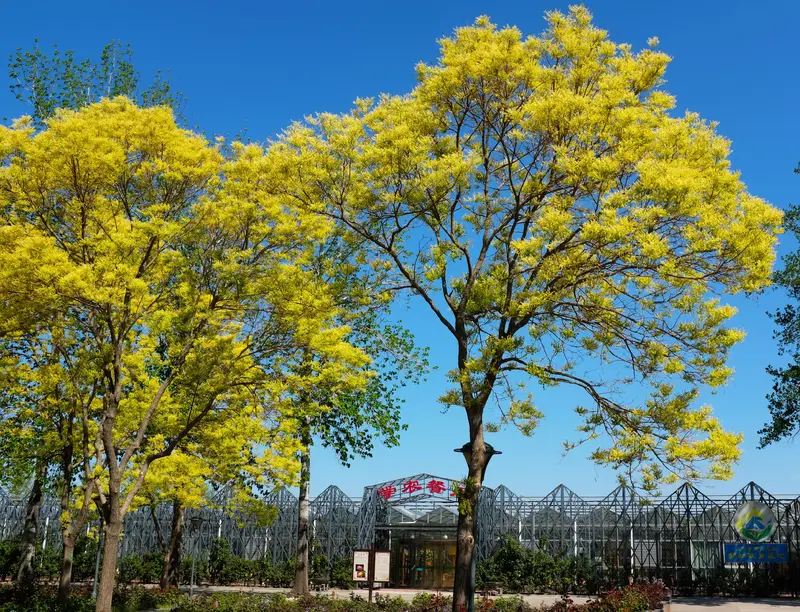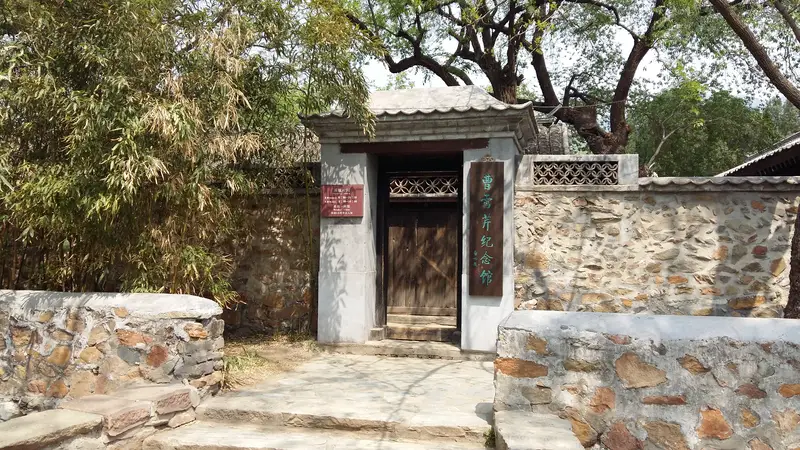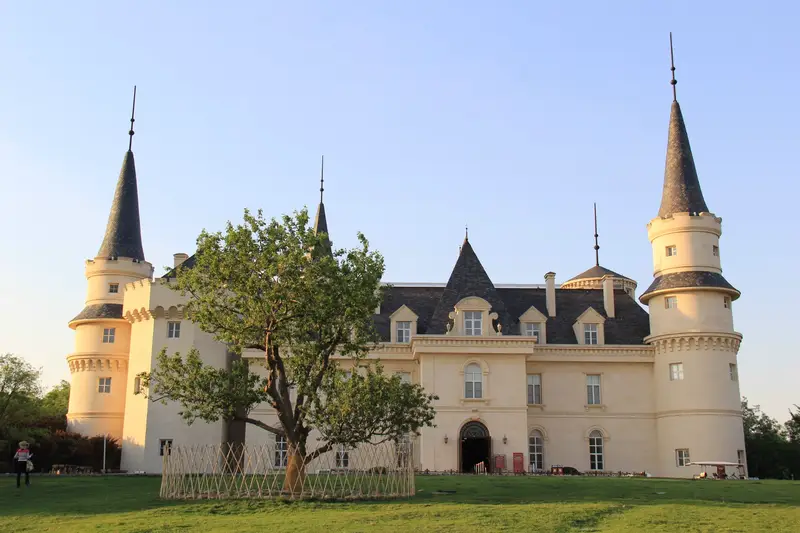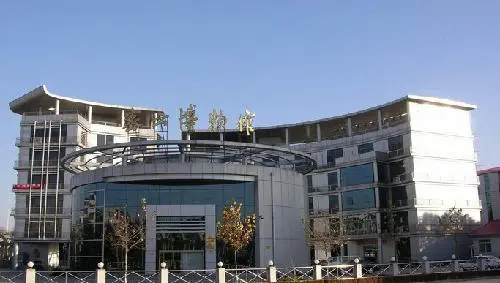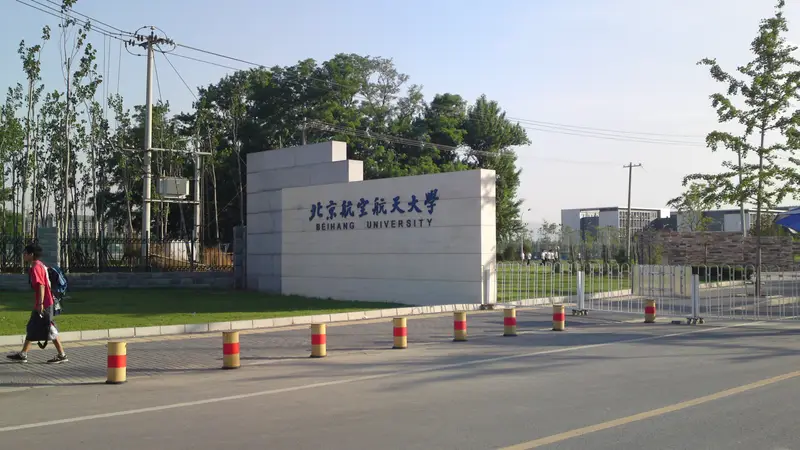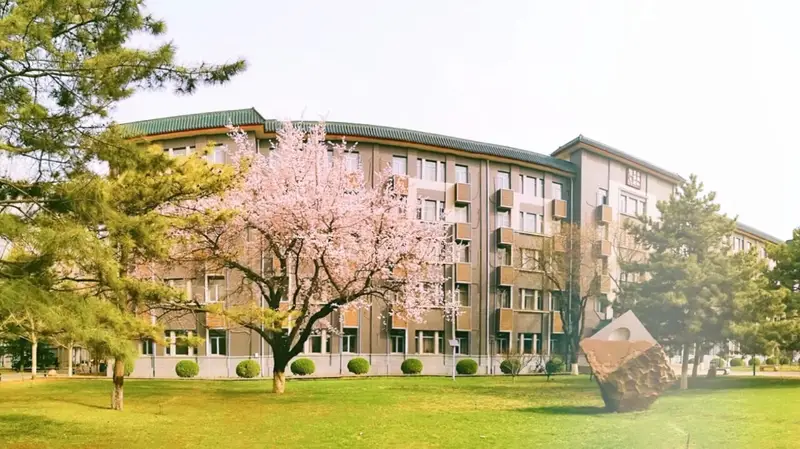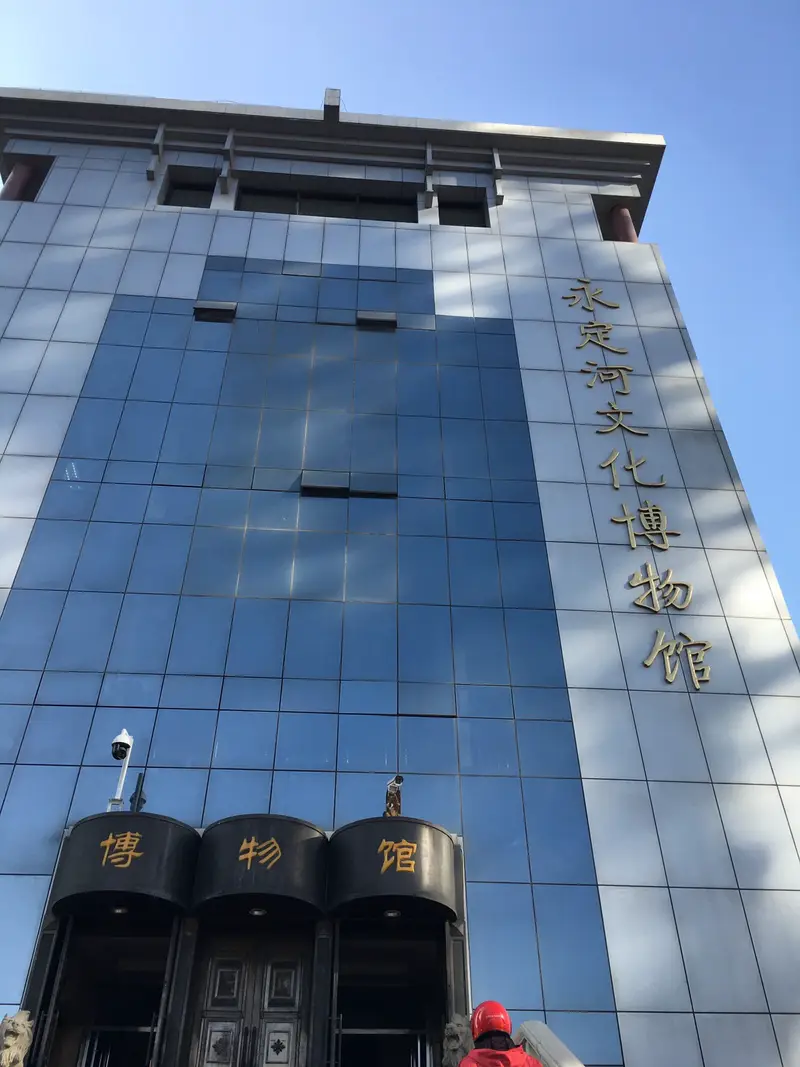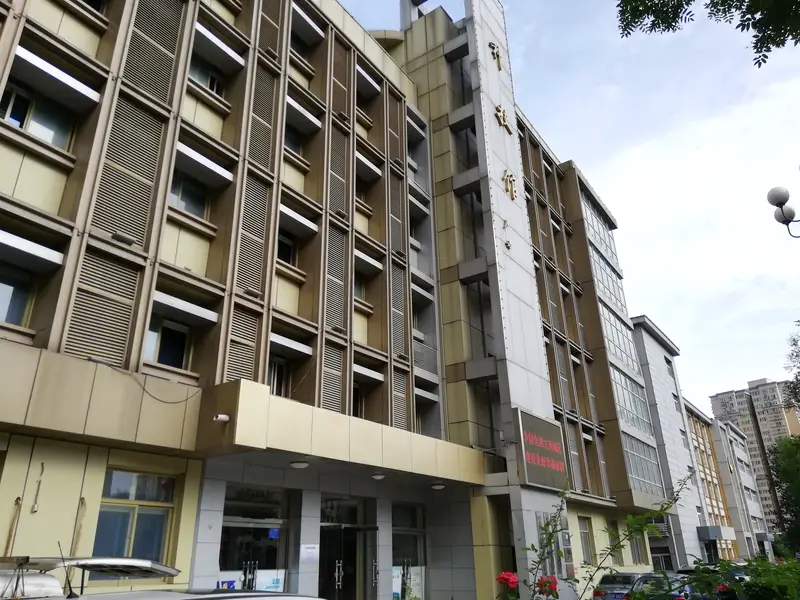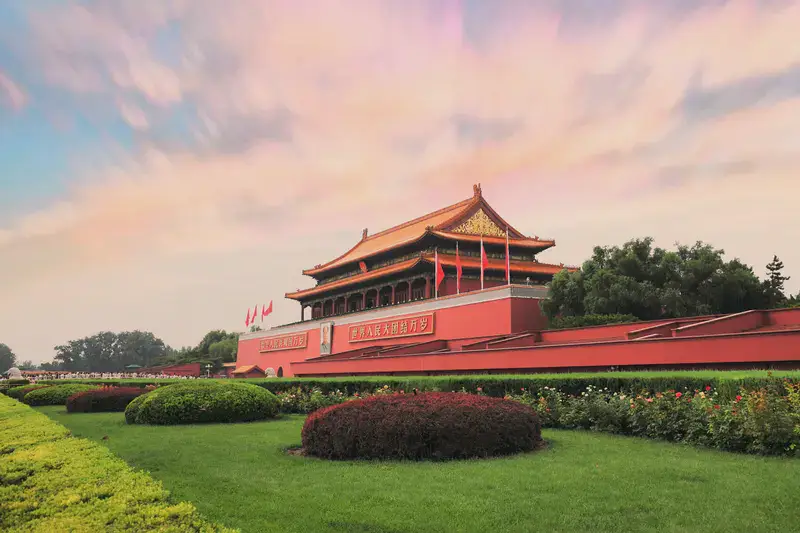Here’s a vivid and engaging introduction to the China Quaternary Glacial Relics Exhibition Hall in Beijing, tailored for international readers:
Geography & Transportation
Nestled in Shijingshan District’s Modekou area, the China Quaternary Glacial Relics Exhibition Hall hugs the eastern slopes of Yongding River, just 20 km west of downtown Beijing. It sits at the foot of Cuiwei Mountain, connected to the lush Badacheng Park and surrounded by historic sites like Fahai Temple, Longquan Temple, and Chengen Temple. Getting here is easy: take the subway to Modekou Station (Line 1) or hop on bus 941—perfect for a half-day trip combined with nearby attractions.
Natural Wonders: Glaciers in Stone
The museum’s crown jewel is its glacial rock surfaces—huge slabs of bedrock carved by ancient ice. Imagine a giant ice plow scraping across mountains! During the Quaternary Period (the last Ice Age), thick snow turned into ice, which slid down slopes under its own weight. This “ice graffiti” left wavy grooves and scratches on rocks, now displayed indoors. These ice-carved relics are rare proof of Beijing’s frosty past, when weather swings were extreme.
Cultural Neighbors
Beyond rocks, the area buzzes with history. Walkable distance to Fahai Temple (a Ming-era gem with vivid murals) and Longquan Temple (home to a towering Buddha). Nearby, Tianji Tomb (a eunuch’s burial site) offers insight into royal funeral traditions. For a spiritual twist, combine your visit with a hike in Badacheng Park—its eight temples blend Buddhist calm with mountain views.
Exhibition Highlights
Inside the museum, expect a deep dive into glaciology without the jargon. Photos and moraine stones (rocks left by melting glaciers) tell stories of China’s Ice Age. A dedicated section honors Li Siguang, the Chinese scientist who debunked “no glaciers in China” and proved these relics’ significance. Interactive displays even link ancient ice patterns to modern climate challenges—like warnings about global warming.
Educational Experience
This isn’t just a “look-don’t-touch” museum. Hands-on models show how glaciers move, and kid-friendly quizzes compare ancient ice to today’s polar caps. Themed exhibits tackle wild ideas: What if another ice age hits? How could glaciers both destroy cities and save them (by storing water)? It’s like a science lesson wrapped in adventure—ideal for curious families or anyone into geology.
Practical Tips
- Entry: Free (!) but check opening hours online.
- Guided Tours: Available in English/Chinese—ask staff.
- Pair With: Visit Liangzhe Ancient Town for lunch afterward (try the dumplings!).
- Wear: Comfy shoes—the museum has gentle hills, and nearby temples require steps.
Whether you’re a history buff, nature lover, or future scientist, the China Quaternary Glacial Relics Exhibition Hall turns Beijing’s frozen past into a gripping story. It’s proof that even cities hold traces of Ice Age drama—and a reminder of how climate shaped (and still shapes) our world.

